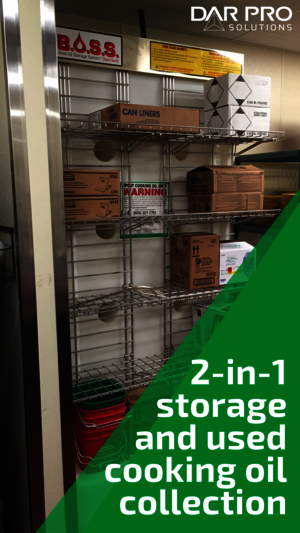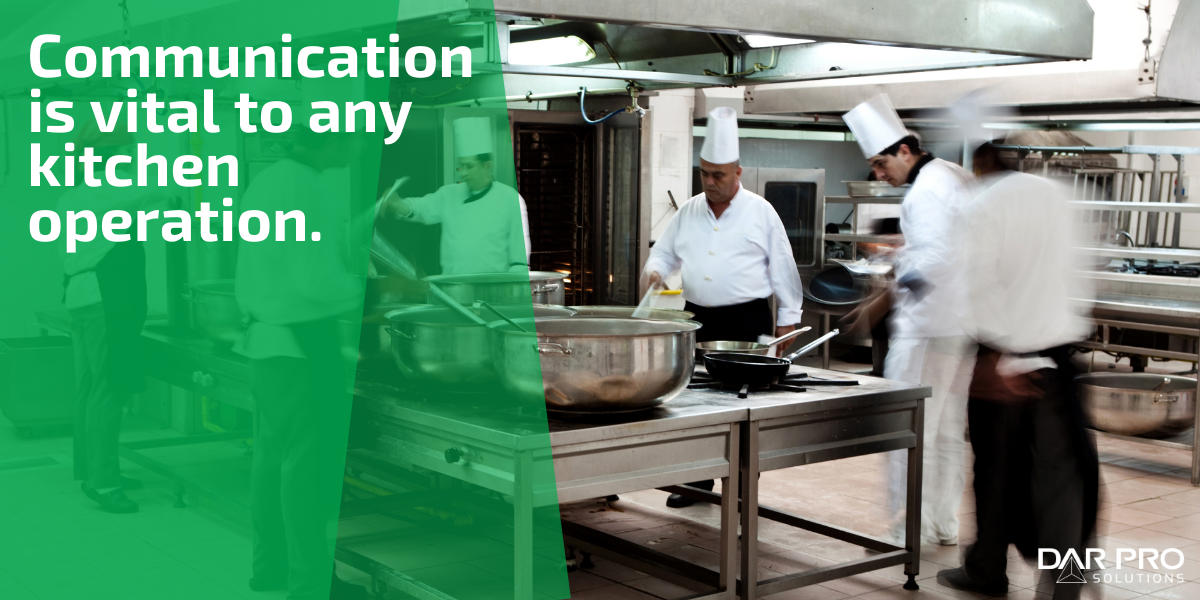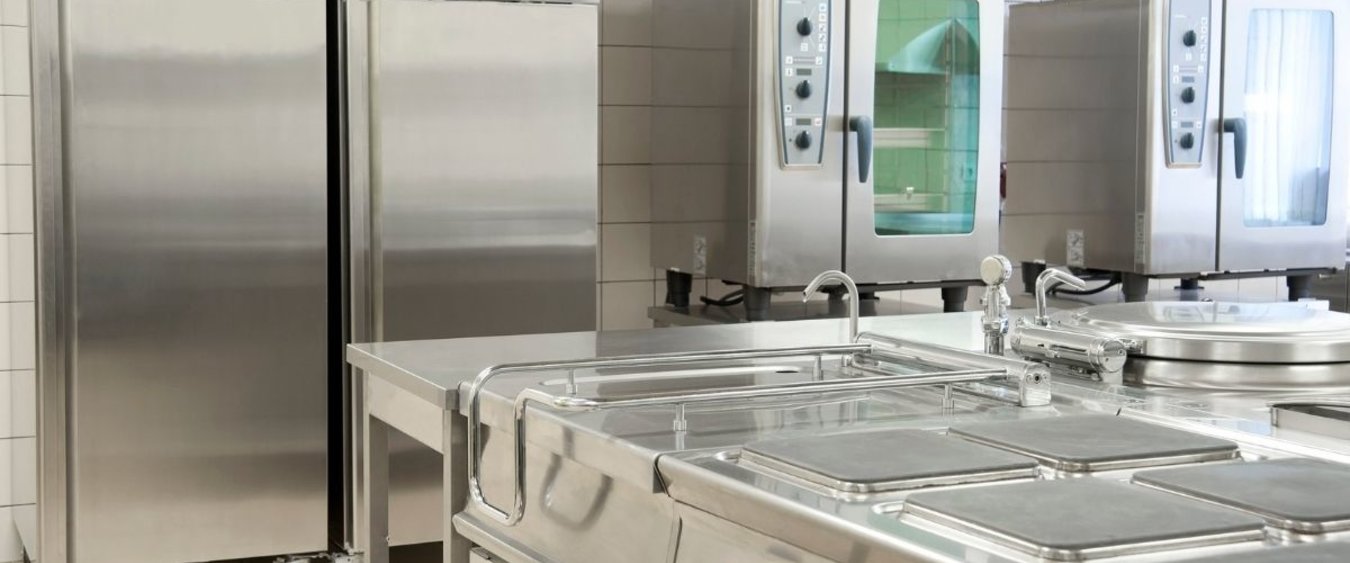
The top five kitchen layouts
There are five commonly used in most commercial kitchens: assembly line, island, zone-style, galley and open kitchen. Each one has unique benefits depending on the style of restaurant you want to open, the type of food you are cooking and the amount of space your building allows for kitchen space.
Assembly line layout
This linear layout begins with food prep and goes down a straight line, culminating with the area in which you serve the food to your customer. This layout is most conducive to fast food restaurants or kitchens with limited menus in which speed and efficiency are the primary focus from a service standpoint.
This layout is simple and makes for a easy communication channel within the food creation process from start to finish.
Island layout
If space is abundant in your kitchen, then the island layout may be your best fit. This design features the food making portion of the process in the center of the kitchen with all other stations positioned around it.
This set up puts an increased focus on the food creation process and allows for easy communication with the food creation station in the middle, being the center point for all communication. This is most conducive to restaurants with a more diverse menu and a variety of dishes that may take more time to cook than your quick-service sandwich shop or fast-food restaurant.
Zone-style layout
This design categorizes each type of food preparation and creation process and designates a specific zone for it. Think of a kitchen that has a salad station, frying station and pizza or soup station spread out across the kitchen. This layout allows for a variety of different dishes to be created at one time and keeps your kitchen organized by dividing up the food creation responsibilities rather than a straight-lined process.
This is best suited for larger kitchens with diverse menus like hotels, catering stations or cooking for large events. This is not something a small restaurant with limited space should try to implement.
Galley layout
The galley layout spreads out the various stations in your kitchen across the perimeter of the room, rather than in the center. This is a good fit for kitchens with limited spaces as most of the heavy equipment is placed a long one or two walls of the kitchen and creates enough space for your staff to move around comfortably without getting in one another’s way. The entrance and exit to the kitchen is usually located opposite where the equipment used to make your food rests.
Open kitchen layout
The open kitchen layout is perhaps the most unique design, and the goal of open kitchens is usually to provide a unique dining experience you would not otherwise get and most other traditional restaurants. The food is prepared either directly in front of or within proximity to dining room guests. While it is prudent to keep all cooking equipment that requires high heat a safe distance away from your guests, this style of kitchen brings the behind the scenes work to center stage and brings an element of entertainment to the dining experience. A healthy amount of space is needed to pull off an open kitchen format.
How to choose the right kitchen layout: Things to consider
There are several factors to consider when deciding which kitchen layout is best for your business. Space, appliances, storage and communication.

- Space is probably the best place to start. How much space is allotted to your back-of-house operations is a crucial factor in your decision. If your kitchen is small, an open kitchen is obviously not in the cards and zone style, or island design may not be an ideal fit either. You’ll want to lean toward a galley or assembly line layout. A crowded kitchen can quickly devolve into an inefficient one. An inadequate amount of space can hinder your operations greatly and affect the efficiency of your operations, so you’ll want to make sure the layout fits the dimensions.
- Appliances are another thing to consider. How much equipment will your kitchen need to create all the items on your menu? Figuring out many fryers, grills, dishwashing stations and other appliances your kitchen will need is a smart thing to do before configuring your kitchen layout. If you’re doing a lot of deep frying, will you have room for an indoor used cooking oil tank that can connect directly to your fryers for easy disposal? Or will you need to manually dispose of your grease outdoors? Having a firm handle of the kitchen appliances you’ll need to make your kitchen function properly is important.

- The storage space you’ll need for ingredients will factor into your kitchen layout choice. How much shelving, pantry or freezer space will your kitchen require? You can’t create your delicious food without the right ingredients and having sufficient storage space ensures you have just that.

- Communication is important when laying out your kitchen’s design. Which areas of your kitchen work closely together? What does your food creation process look like? You don’t want your food runners getting in the way of your cooks just as you don’t want your food prepping staff having to meander through a crowd of people and appliances to pass off the prepared food to your grilling or frying station. Communication is vital to any operation and choosing the right kitchen layout can go a long way toward enhancing or diminishing your staff’s level of communication.
Now that you have an idea of some common kitchen layouts and things to consider when choosing the right one for your business, you should be better suited to find the best fit.
DAR PRO Solutions has an industry-leading selection of used cooking oil equipment that will fit seamlessly into any kitchen layout and make handling your grease easy. Reach out to a DAR PRO representative today and find out how your business can benefit from our program. Call us 24/7/365 at 855-DAR-PRO1 (855-327-7761).
Contact Sales
For customer service inquiries call our toll free number (855) 327-7761
By submitting this form I agree to the privacy policy including the usage of contact details to contact me for marketing purposes.
